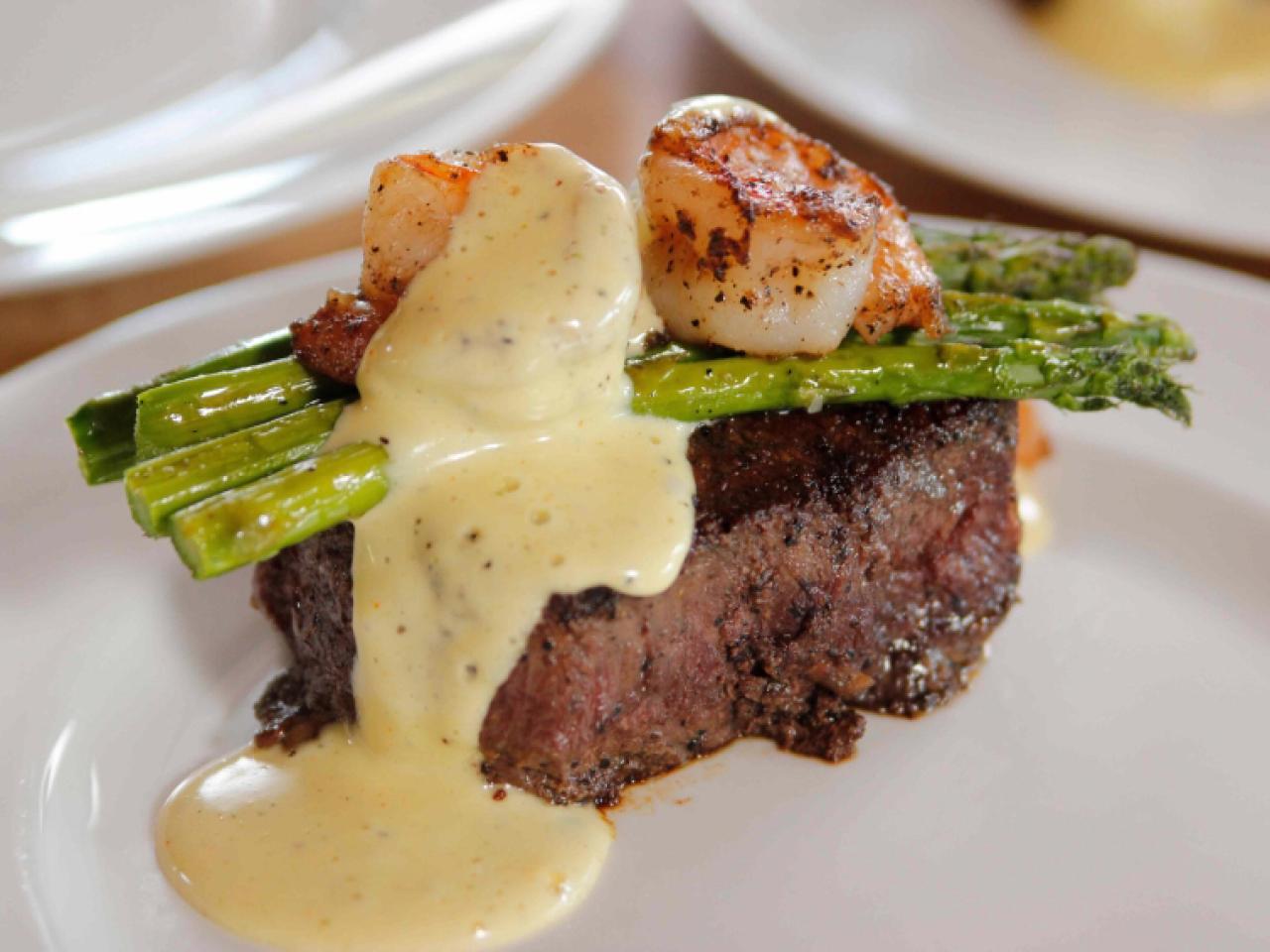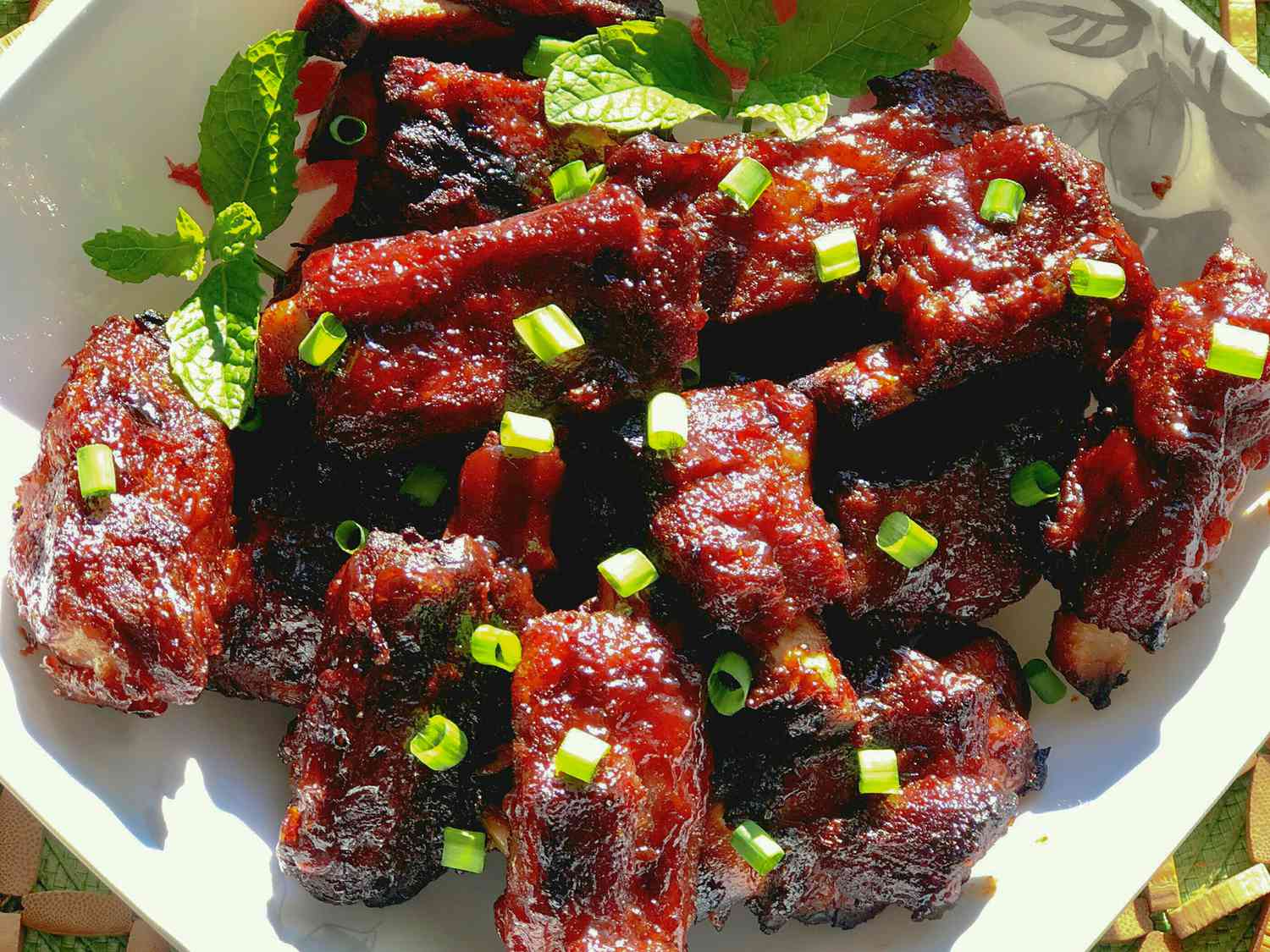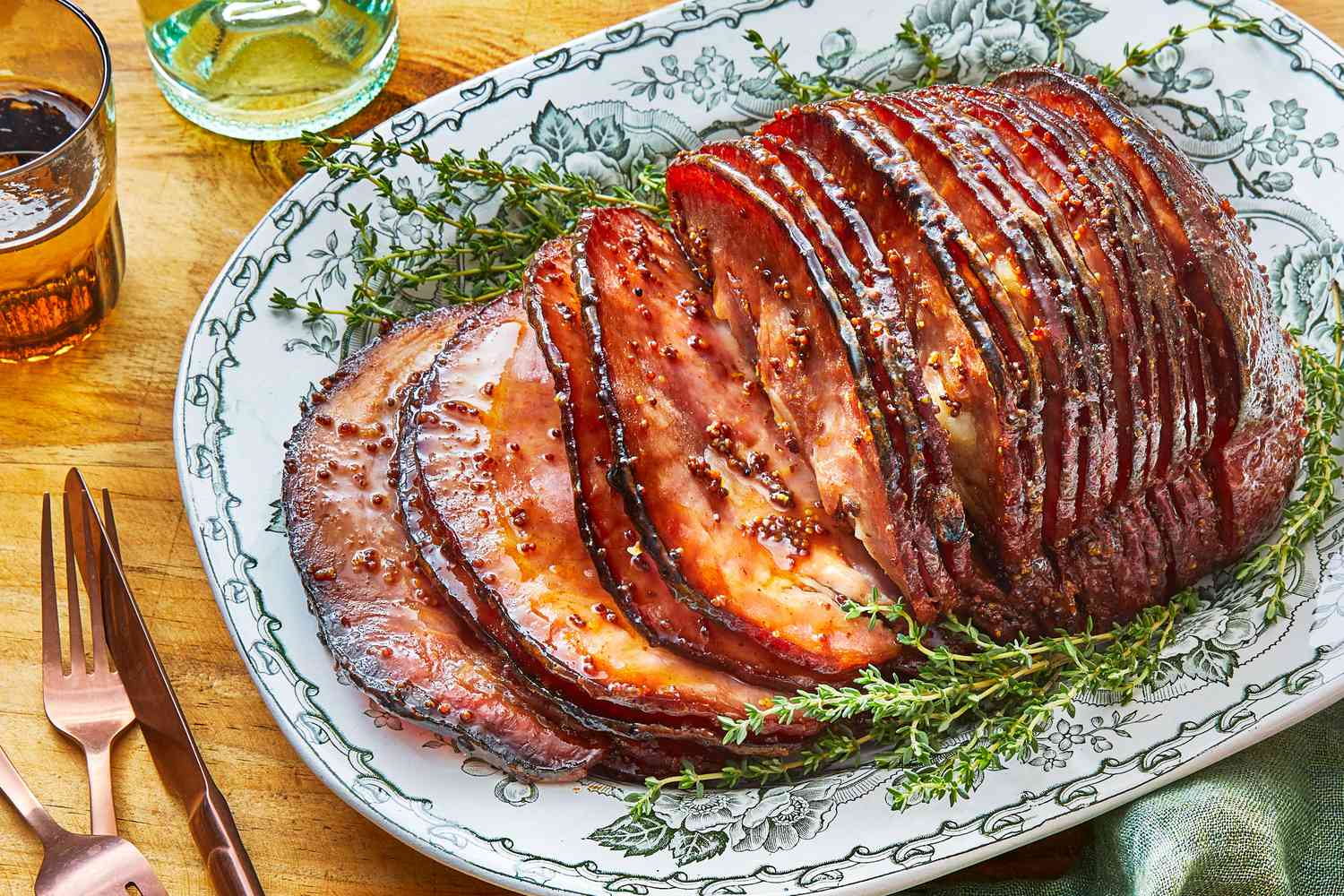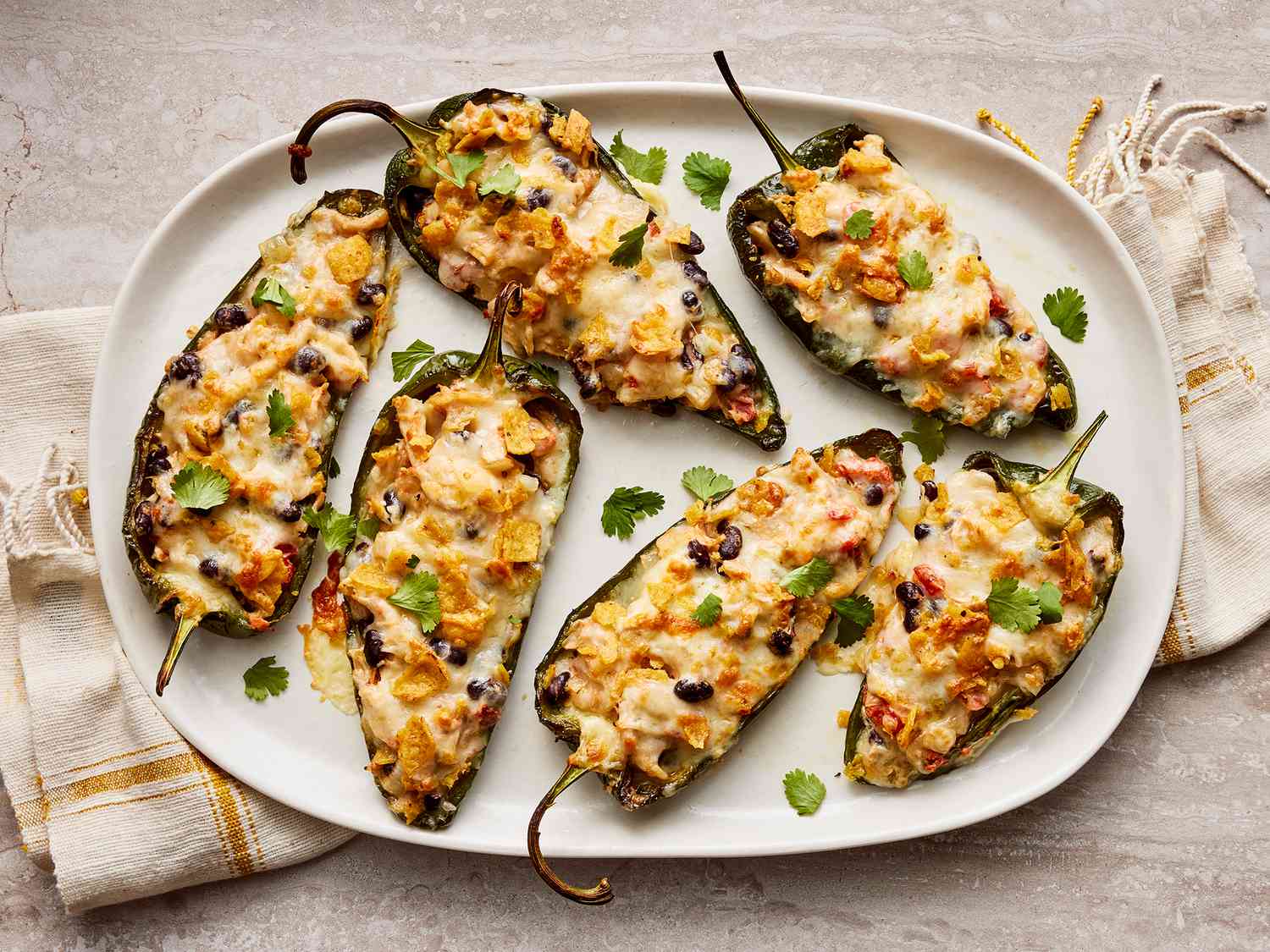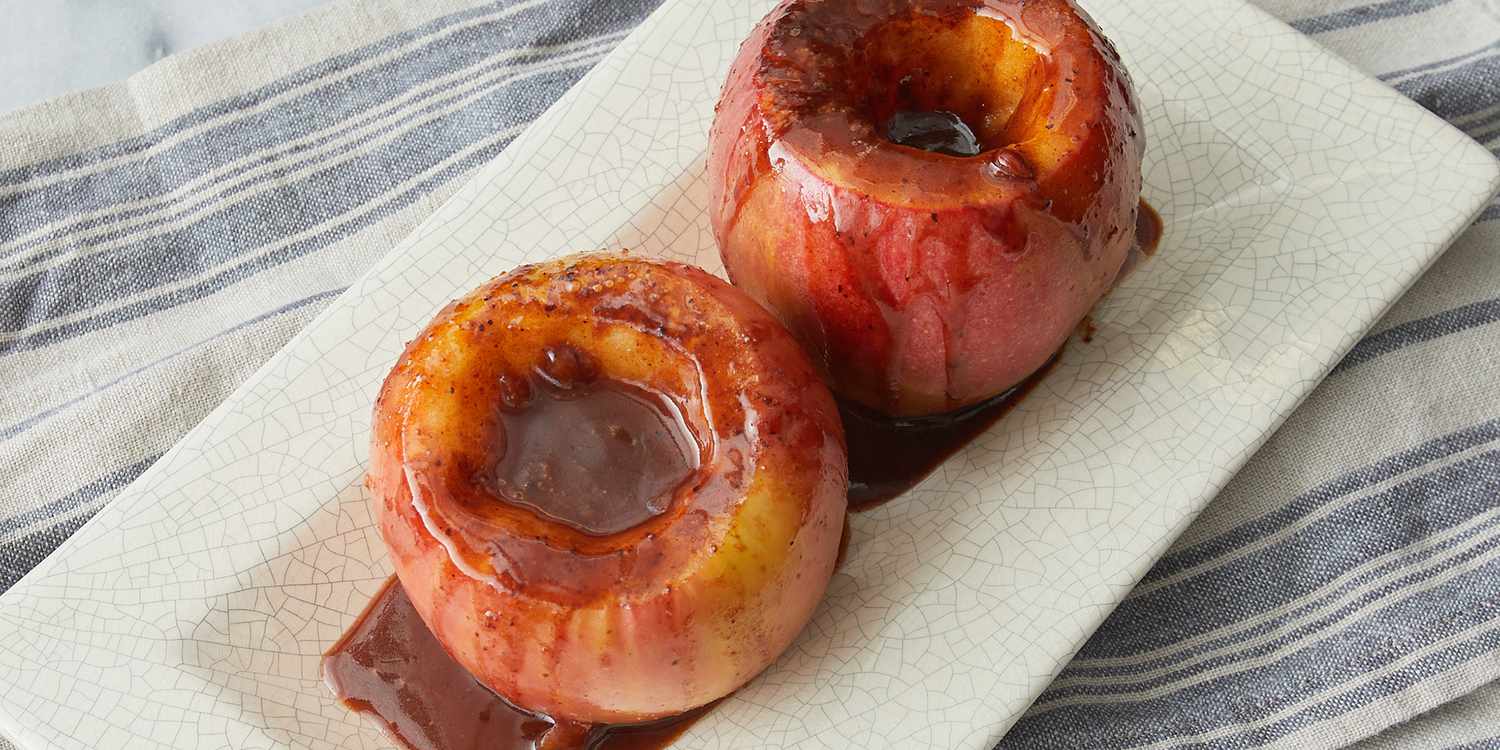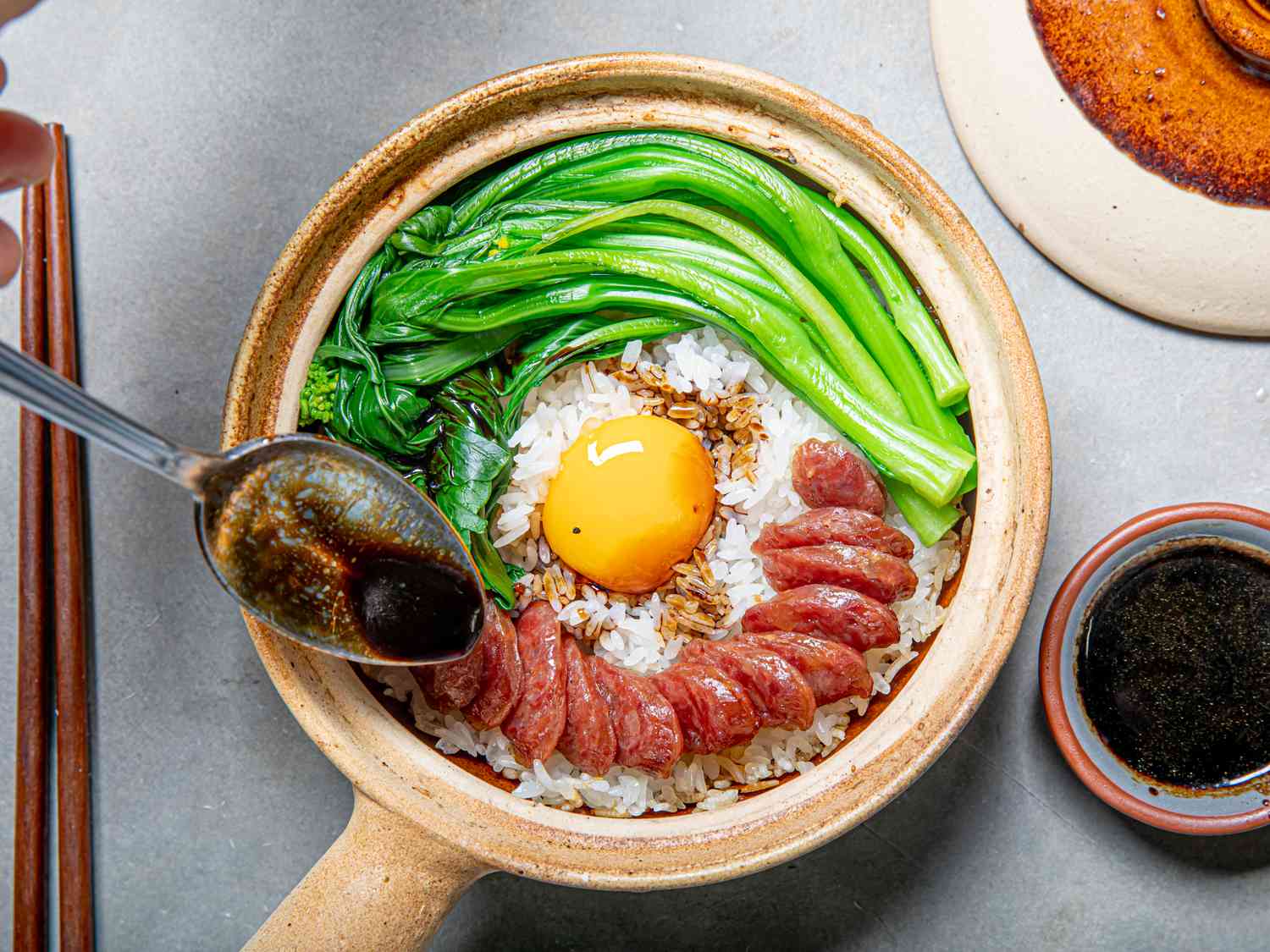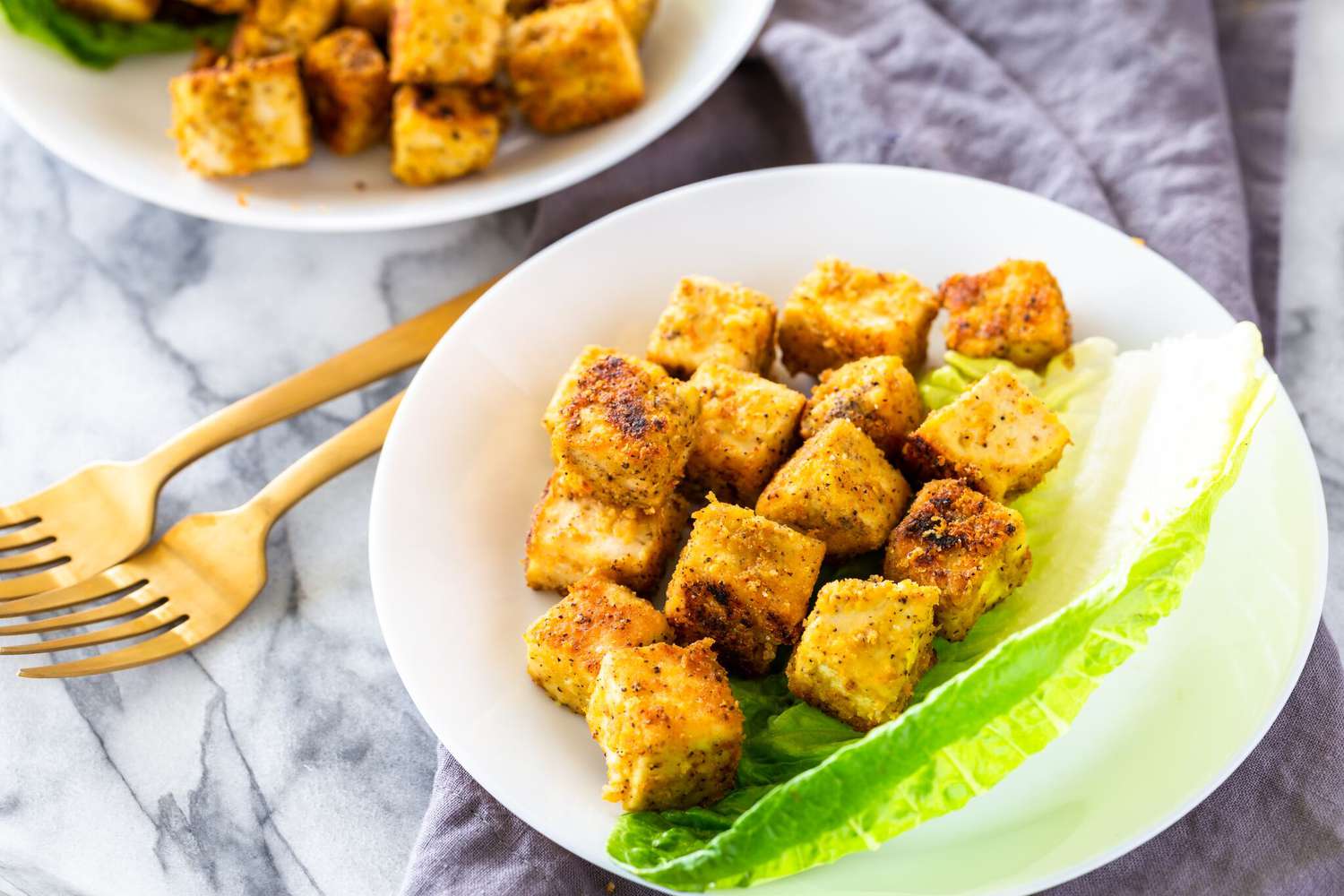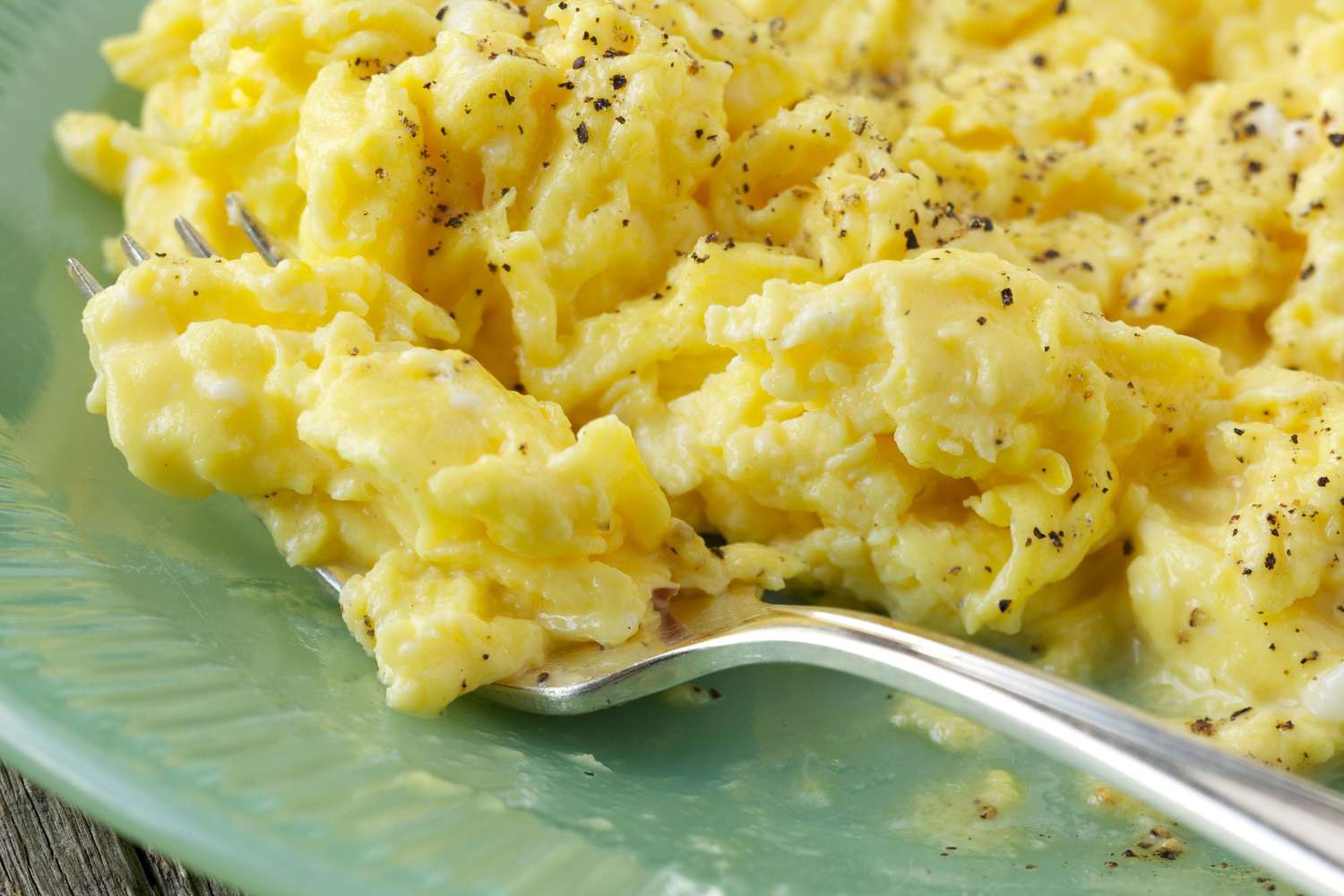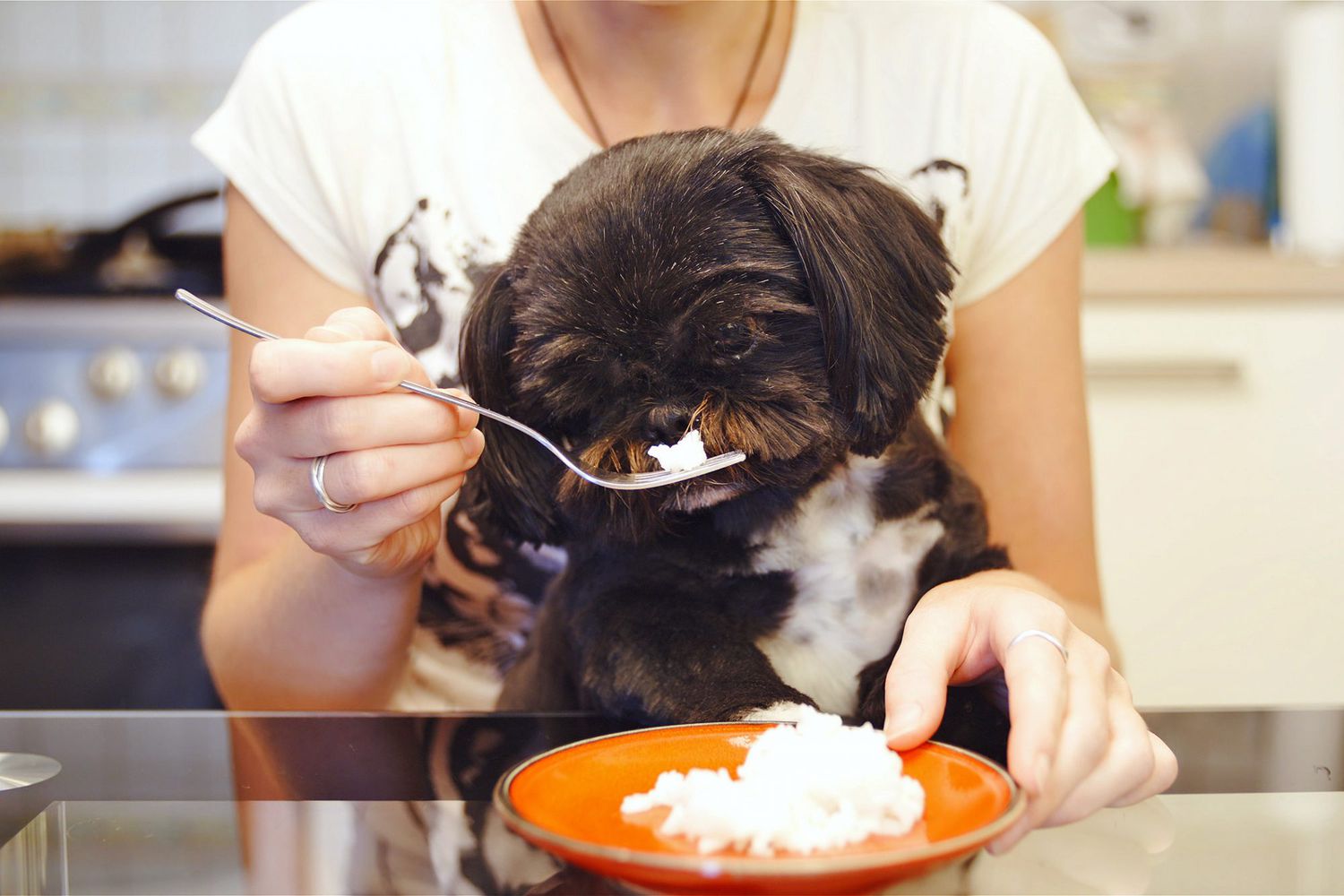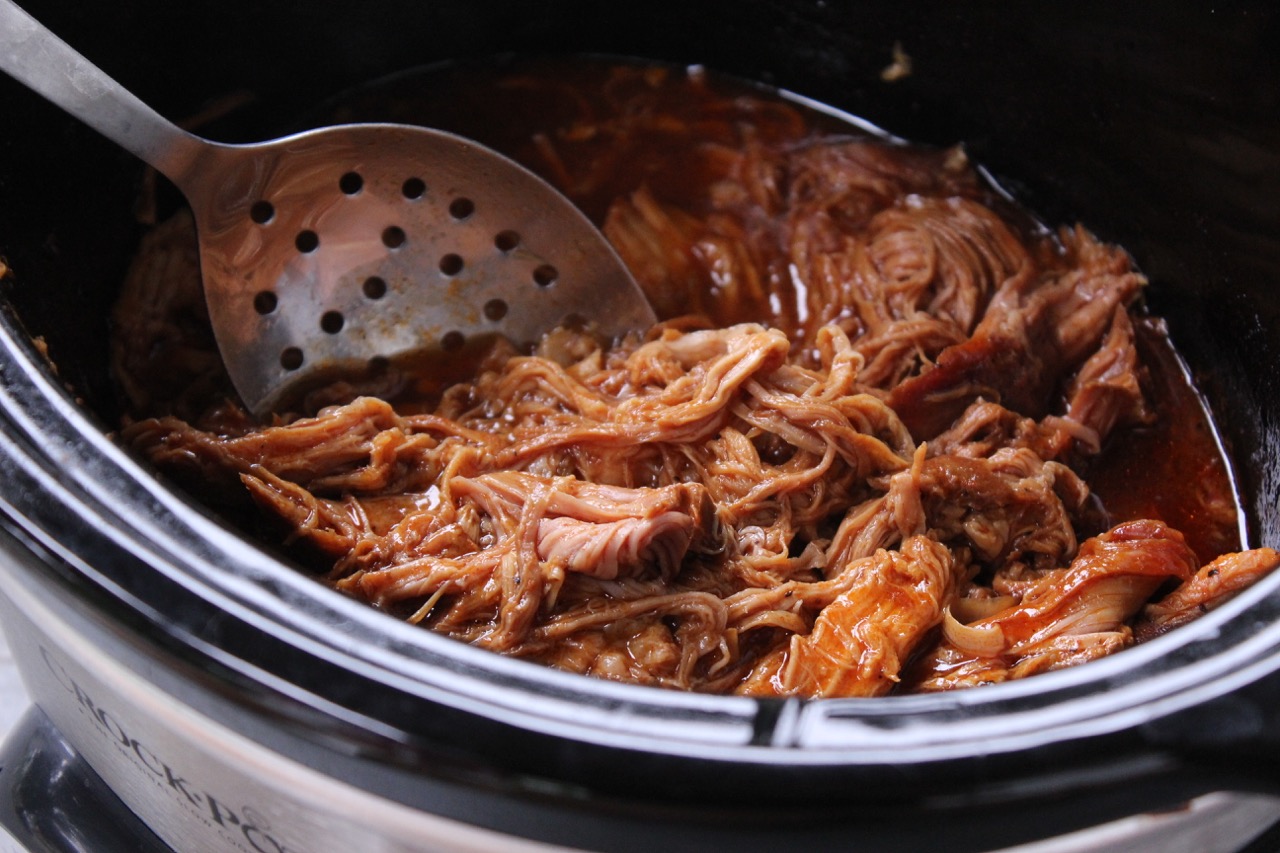Master the Art of Cooking Perfect Salmon for Delicious Onigiri
Onigiri, a traditional Japanese dish, is loved by many for its delightful flavors and portable convenience. One of the most popular fillings for onigiri is savory salmon. Cooking salmon to perfection requires a delicate balance of technique and flavor. In this article, we will guide you through the steps to create tender and flavorful salmon for your onigiri.
Choose Fresh and High-Quality Salmon
When it comes to cooking salmon, starting with fresh and high-quality fish is essential. Look for fillets that are firm, have a vibrant color, and a mild ocean scent. Opt for wild-caught salmon for a stronger flavor, or if you prefer a milder taste, go for farm-raised salmon.
Seasoning the Salmon
Before cooking the salmon, it’s important to season it to enhance its natural flavor. You can keep it simple with salt and pepper, or get creative by adding herbs and spices such as dill, garlic powder, or lemon zest. Rub the seasonings onto both sides of the salmon fillets, ensuring an even coating.
Choose the Cooking Method
There are several methods to cook salmon, so choose the one that suits your preference and available equipment:
- Pan-searing: Heat a cast-iron or non-stick skillet over medium-high heat. Add some oil and place the salmon skin-side down. Cook for about 4-5 minutes on each side until browned and cooked to your desired doneness.
- Baking: Preheat your oven to 375°F (190°C). Place the seasoned salmon fillets on a baking sheet lined with parchment paper. Bake for approximately 12-15 minutes or until the salmon flakes easily with a fork.
- Grilling: Preheat your grill to medium-high heat. Brush the grill grates with oil to prevent sticking. Place the seasoned salmon fillets on the grill and cook for about 4-5 minutes per side.
- Steaming: Fill a large pot with a few inches of water and bring it to a simmer. Place the seasoned salmon fillets on a steaming rack above the water, cover, and steam for approximately 10-12 minutes.
Testing for Doneness
Regardless of the cooking method you choose, it’s crucial to ensure that your salmon is cooked to perfection. To test doneness, use a fork to gently flake the thickest part of the salmon fillet. If it easily separates into large, moist flakes, it is ready to be enjoyed. Overcooking salmon can result in a dry and less flavorful texture, so be mindful of the cooking time.
Cool and Flake the Salmon
Once cooked, leave the salmon to cool for a few minutes. You can speed up the cooling process by placing it in the refrigerator. Once cooled, use a fork or your fingers to flake the salmon into smaller pieces. Remove any skin or bones to ensure a smooth filling for your onigiri.
Creating Delicious Salmon Onigiri
Now that you have perfectly cooked and flaked salmon ready, it’s time to incorporate it into your onigiri. To make the onigiri, simply take a handful of cooked Japanese short-grain rice and flatten it in the palm of your hand. Place a spoonful of the salmon filling in the center and carefully mold the rice into a triangle or ball shape, ensuring the filling is completely enclosed.
Enhance the flavor of your salmon onigiri by wrapping it with a strip of nori seaweed or sprinkling some furikake (Japanese rice seasoning) on top. Serve your delicious creations as a snack or a fulfilling meal option, perfect for on-the-go or as a delightful addition to your bento box.
Now that you know the art of cooking salmon for onigiri, get creative with different seasonings and fillings to make this traditional Japanese dish uniquely yours. Enjoy the flavors and share the joy of homemade salmon onigiri with your family and friends!
Was this page helpful?
Read Next: How To Cook Bitter Melon With Egg
